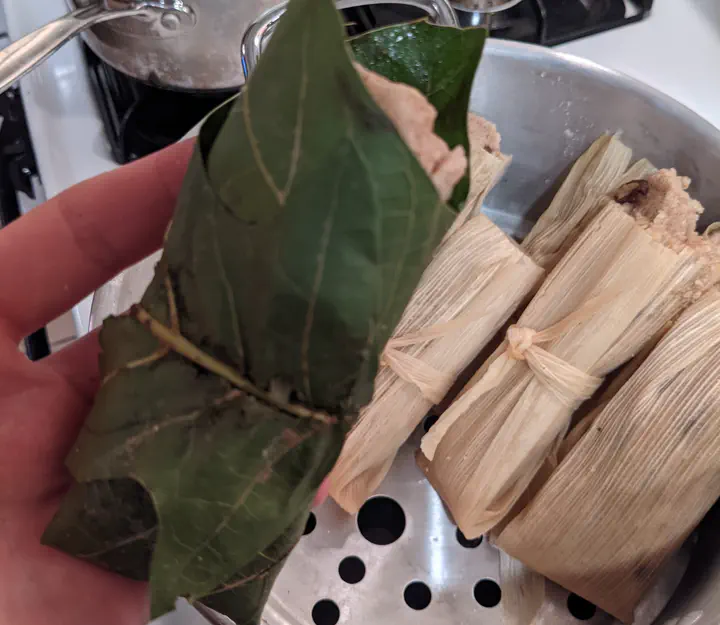Why Tamales are Good for the Planet, the Trail, and You

I’ve always been annoyed by how many bars and gels I go through as an ultrarunner. Even though our sport leans hard toward environmental conscientiousness, I think we’re all pretty guilty of turning a blind eye to individual fuel packaging and the waste we are generating. We post pictures of the mountain of snacks we’ll consume during a race like a badge of honor. Just as a big game hunter might see pride in their kill photos, blind or indifferent to the harm, perhaps so are we to our environmental toll.
Sure, I sometimes bake potatoes, put them in a tortilla and call myself a hero, but if I’m honest, I’ve only done that a handful of times and when I’m five hours into a run, starch on starch pocket mush is just not as palatable as a Honey Stinger stroopwafel.
But what if there was a food hack, one that has existed in many equatorial cultures for longer than I am willing to regurgitate to you from Wikipedia.
As with any proper online recipe, this is the part where I give you a 3,500-word personal history about the enticing smells that would waft out of my grandma’s kitchen and how I now use modern ingredients that just aren’t the same as hers. I would go on to tell you about the extensive trial and error it took to arrive at the recipe before you today, which is suspiciously identical to that which is found in the Joy of Cooking, but don’t focus on that.
The truth is, there’s no backstory and we both have short attention spans.
It’s tamales. This article is about tamales.
Read the rest of the aticle on irunfar.com, and come back here to leave a comment :)